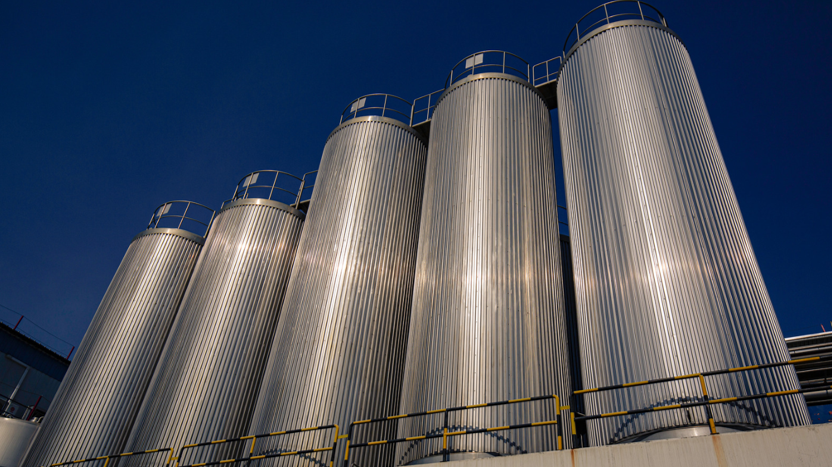Preserving the integrity of chemicals in an industrial facility is crucial to ensure both safety and process efficiency. Maintaining the right temperature and atmosphere in storage tanks for these products is critical to avoid risks such as decomposition, unwanted reactions and even explosions.
One practice commonly employed in this area is blanketing, which consists of filling tanks with inert gases, such as nitrogen, to displace the other components of air, including oxygen, the main culprit in problems associated with chemical storage.
In this article, we will learn what blanketing is, why it is essential and how it is applied in various industrial sectors.
What is Blanketing?
Blanketing is a technique used in chemical processes where a protective layer is applied to the stored product by introducing a cushion of inert gas on top. This allows oxygen to be displaced, thus avoiding unwanted oxidation reactions and protecting the integrity of the product. In most cases, nitrogen is used in high concentrations as an inert gas due to its inert properties.
The nitrogen generated by GasN2 equipment has high concentrations and its quality is continuously monitored to ensure that blanketing processes are safe and effective.
Operation
When the pressure in the tank drops below certain limits, indicating that some of the contents have been used, the regulator will activate a valve to allow the flow of inert gas into the tank.
In most applications, the gas used is nitrogen. The working pressure is usually slightly above atmospheric, maintaining a positive minimum pressure in the tank to prevent the ingress of external contaminants.
Blanketing offers key benefits to the industry, such as quality preservation, safety and protection against contamination. It is essential to ensure the integrity and safety of stored products. At GasN2, we offer innovative blanketing solutions to meet the needs of our customers in different industrial sectors.
How is blanketing implemented in a production process?
The process involves the installation of specialized equipment that introduces the inert gas in a controlled manner. This equipment varies in complexity depending on the needs of the application and the industry sector.
It is used in various industries, including food, pharmaceutical, chemical and petroleum and can have different applications: storage of food, chemicals, petroleum and pharmaceuticals are some of the most common applications.
Blanketing is essential to ensure the integrity and safety of stored products. At GasN2, we offer high concentration Nitrogen generators, gas that can be used in blanketing processes afterwards.
What are the benefits of using nitrogen and self-generating nitrogen?
Nitrogen is a great inert gas thanks to its absence of chemical reactions under normal conditions of pressure and temperature. The use of this gas in blanketing guarantees the safety of the chemical product, eliminates contaminants that can degrade the product and prevents any type of oxidation-related reaction.
GasN2 nitrogen generators bring many advantages to optimize the blanketing process in a chemical environment:
- Safety: reducing oxygen also reduces the risk of combustion. Oxygen concentration is continuously monitored to ensure safety.
- Reduced gas costs. Self-generation of nitrogen is more economical than the usual gas supply.
- Elimination of contaminants that can degrade the product.
- Prevention of evaporation.
- Protection of the tank against corrosion.
- Improved product quality.
What level of nitrogen concentration is needed?
To determine the proper nitrogen concentration for chemical blanketing, it is crucial to understand the Minimum Oxygen Concept (MOC).
MOC is defined as the minimum oxygen concentration below which combustion cannot occur, regardless of the fuel concentration present. Maintaining the O2 concentration below the MOC is critical to prevent fires and explosions. The MOC varies depending on the material stored.

